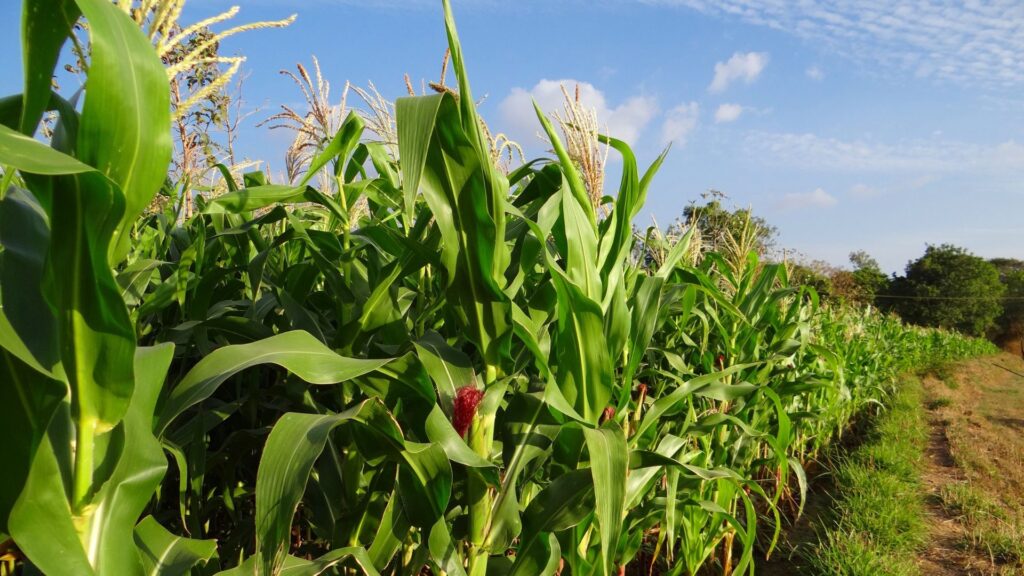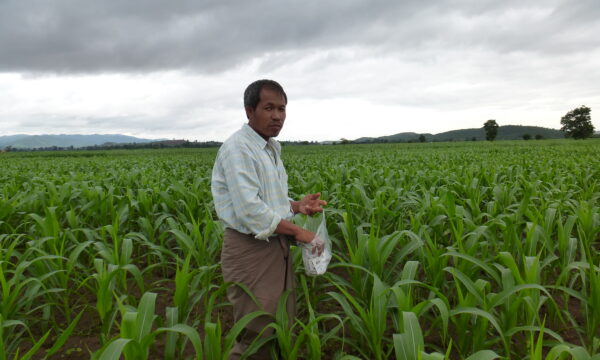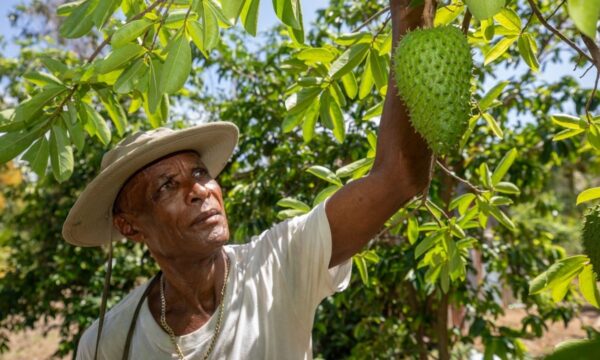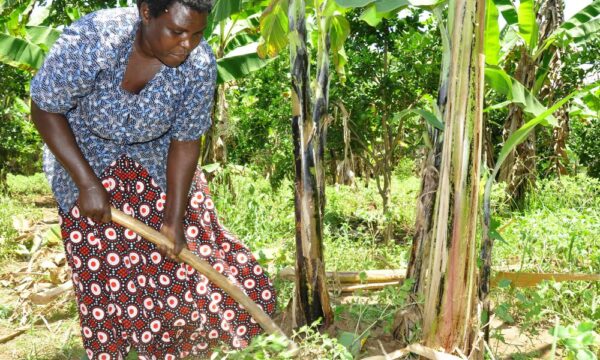Crop rotation is a simple, effective way to manage pests, improve soil health, and boost yields. Suitable for all growers, crop rotation supports sustainable agriculture and reduces the need for chemical inputs. By targeting pest lifecycles and reducing pest pressure over time, crop rotation helps create more resilient growing systems. Read below to learn more.
What is crop rotation?
Crop rotation involves growing different crops in the same field in a sequence over time, alternating between two or more crops.
It can be used on all sizes of growing patches, from private gardens to large-scale commercial farms.
Crop rotation in integrated pest management (IPM)
Crop rotation is a core component of integrated pest management and can play a critical role in reducing pests. By alternating crops, the specific pests that feed on one type of plant lose their food source and struggle to survive in the next season.
First, crop changes can disrupt insect pest and disease lifecycles, impacting population growth. For example, rotating out of a crop like corn, targeted by pests such as corn rootworm, can significantly reduce pest survival rates.
Second, some crops will suppress weeds in the field by releasing chemical compounds or by the changing patterns of when the crops are established and harvested. Additionally, improved soil health can help grow more resilient crops that are more resistant to pests and diseases. These factors enable a nature-based approach to pest management, reducing the reliance on chemical inputs.
In addition, rotating with pest-resistant or non-host crops can help naturally suppress pest reproduction and limit their spread across fields.
Benefits of crop rotation
Crop rotation has many other benefits, alongside pest management. These include:
Healthy soils
- Improved soil structure, including aeration and water filtration, helps reduce run-off and water pollution.
- Consistent ground cover and a lower need for excessive tillage reduce soil erosion.
- Healthy soils store more carbon from the atmosphere, helping reduce climate change’s greenhouse gas (GHG) impact.
Boost fertility
- Crop rotation results in more organic matter in the soil, making it more fertile.
- Use of available nutrients is optimised when different crops require different nutrients.
- Fertile soils increase crop yields and reduce the need for chemical fertilisers.
Better economic stability
- Diversification of crops reduces risks for farmers if pests or weather affect a particular crop.
- Reducing the need for chemical inputs helps save on costly expenses.
- Decreasing pest populations can lead to fewer crop losses and a reduced need for expensive pest control treatments.
Crops that can be rotated to improve yields
While a longer crop rotation cycle brings the most benefit, significant improvements can be seen when rotating just two crops. For example, rotating corn and soybean helps control pests whose populations decline when their host crop is not grown continuously.
A study has shown that this crop rotation combination can increase yields by 5–20% compared to continuous monoculture. Additionally, as soy provides nitrogen for the corn crop, nitrogen fertilizer needs reduced by up to 25%.
Read more: https://blog.plantwise.org/2018/06/04/the-benefits-of-crop-rotation-for-corn-and-soybean/

In summary
Rotating crops is a critical tool for reducing pest populations in the field. It is a key pillar of integrated pest management and has many benefits for farmers and the environment. Studies have shown that it is effective in increasing yields and reducing the need for pesticides and fertilisers through natural pest suppression.
Related News & Blogs
10 common wheat pests and diseases
Wheat is a cereal grain, a staple food in many areas of the globe. It is primarily used to produce flour, which can be used to create other foodstuffs, including bread and pasta. Additionally, wheat and its by products are used to feed livestock. Chi…
15 September 2025




